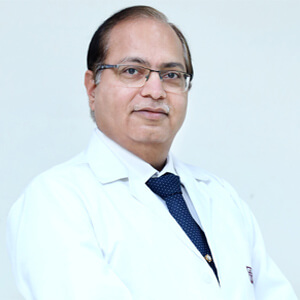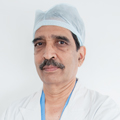What is Stroke?
Stroke is a medical condition that occurs when the blood supply to the brain is disrupted, leading to brain cell damage or death. It is a critical health concern worldwide, causing significant morbidity and mortality. This essay aims to provide a comprehensive overview of stroke, including its types, causes, risk factors, symptoms, diagnosis, treatment, and prevention.
Types of Stroke:
There are primarily two types of stroke:
1. Ischemic stroke.
2. Hemorrhagic stroke.
1. Ischemic stroke: Ischemic stroke accounting for approximately 85% of all strokes, occurs when a blood clot obstructs a blood vessel supplying the brain.
2. Hemorrhagic stroke: Hemorrhagic stroke results from the rupture of a blood vessel, causing bleeding into the brain.
Causes and Risk Factors:
Ischemic stroke is commonly caused by the formation of blood clots in the arteries supplying the brain. This may result from atherosclerosis, a condition characterized by the buildup of plaque and narrowing of blood vessels. Hemorrhagic stroke is often caused by hypertension, aneurysms, or arteriovenous malformations (AVMs), which weaken blood vessel walls.
Several risk factors contribute to the development of stroke. These include:
High blood pressure,
Diabetes,
High cholesterol levels
Smoking
Obesity
Sedentary lifestyle
Family history of stroke,
Age, gender (men have a slightly higher risk),
Certain medical conditions such as atrial fibrillation and sickle cell disease.
Symptoms and Diagnosis: Recognizing the signs of stroke is crucial for prompt medical intervention. Common symptoms include:
Sudden weakness or numbness of the face. arm, or leg (usually on one side of the body).
Difficulty While speaking or understanding speech.
Severe headache.
Dizziness.
Loss of balance or coordination.
Blurred vision.
Diagnosis of Stroke:
To diagnose stroke, medical professionals typically perform a series of tests, including a physical examination, brain imaging (such as computed tomography (CT) scan or magnetic resonance imaging (MRI)), blood tests, and assessing the patient’s medical history.
Treatment and Rehabilitation: The treatment of stroke depends on the type and severity of the condition. In the case of an ischemic stroke, the primary goal is to restore blood flow to the brain by dissolving or removing the blood clot. This can be achieved through the administration of clot-busting medications (thrombolytics) or mechanical procedures like thrombectomy.
For hemorrhagic stroke, immediate medical attention focuses on controlling bleeding and reducing pressure on the brain. Surgery may be required to repair ruptured blood vessels or remove accumulated blood.
Following the acute phase of stroke, rehabilitation plays a crucial role in promoting recovery and improving the patient’s quality of life. Rehabilitation programs often include physical therapy, speech therapy, occupational therapy, and lifestyle modifications to address any disabilities or difficulties experienced after a stroke.
Prevention: Prevention is a key aspect in reducing the burden of stroke. Lifestyle modifications such as maintaining a healthy diet, regular physical exercise, smoking cessation, limiting alcohol consumption, and managing chronic conditions like hypertension and diabetes can significantly reduce the risk of stroke. Additionally, public health initiatives, awareness campaigns, and early detection and treatment of risk factors contribute to stroke prevention.
Conclusion: Stroke is a serious medical condition with potentially devastating consequences. Understanding its types, causes, risk factors, symptoms, diagnosis, treatment, and prevention is essential for healthcare professionals and the general public alike. Through increased awareness, early intervention, and proactive measures, we can work towards reducing the incidence and impact of stroke, ultimately improving the lives of those affected by this debilitating disease.







